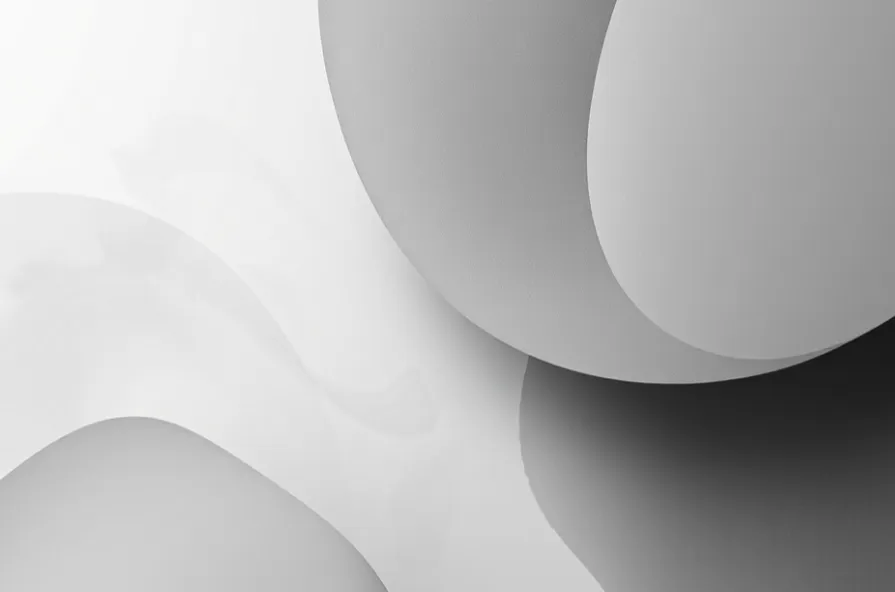
The world of color psychology reveals a fascinating exploration of how colors influence our emotions, behaviors, and perceptions. Among these, the color gray stands out with its unique attributes and meanings. This article delves into the psychology of the color gray, exploring its influence on personality, emotions, and behaviors.
Gray Color Meaning and Personality Traits
Gray is often perceived as a neutral color, residing between the extremes of black and white. This neutrality can lead to a range of interpretations regarding personality traits associated with gray.
Stability and Balance
Gray is frequently viewed as a color of stability and balance. It embodies qualities of calmness and composure, which can be appealing to those who prefer a more “middle-ground” approach in life. As psychologist and color theorist Angela Wright noted, “Gray is the color of compromise; it’s a balance between emotion and logic.”
Individuals who favor gray may exhibit traits such as practicality and reliability. They tend to approach life with a rational mindset, often valuing structure and order over chaos. This inclination can make them excellent problem-solvers, often finding solutions that others might overlook.
Detachment and Indifference
On the flip side, the gray color meaning can extend to feelings of detachment or indifference. Those surrounded by an abundance of gray may sometimes feel emotionally dulled or uninspired. As the renowned color psychologist, Dr. Leatrice Eiseman, states, “Gray can represent a lack of energy, and it may invoke feelings of sadness or depression if overused.”
Therefore, individuals with a strong affinity for gray might struggle with expressing their emotions or connecting with others on a deeper level. It’s essential to strike a balance, as too much gray can lead to feelings of isolation or gloom.
What Psychological Effect Does Gray Have?
The psychological effect of gray is multifaceted, influencing individuals’ emotions and behaviors in various ways.
Calmness and Serenity
In psychological contexts, gray has been observed to evoke calmness and serenity. Many designers and psychologists recommend gray for spaces meant for relaxation and reflection. A study published in the “Journal of Environmental Psychology” indicated that gray can help lower anxiety levels, providing individuals with a sense of peace and comfort.
Professionalism and Sophistication
Furthermore, gray is often associated with professionalism and sophistication. In the corporate world, gray suits and office designs are prevalent, as they convey authority and seriousness. Dr. Wright emphasizes this by saying, “Gray embodies the dignity of age and experience, often perceived as a color of wisdom.”
Ambiguity and Uncertainty
However, it’s crucial to acknowledge that gray can also symbolize ambiguity and uncertainty. The absence of definitive qualities, as seen in more vibrant colors, can leave individuals feeling uncertain or confused. This elusive characteristic can lead to a lack of direction, particularly when the presence of gray overshadows more vibrant colors that evoke decision-making and clarity. Ok
The psychology of the color gray reveals its complex nature, wherein it embodies both positive and negative attributes. While gray can provide stability, calmness, and professionalism, it also has the potential to invoke feelings of detachment, uncertainty, and gloom if overused. Understanding these nuances enables individuals and designers alike to harness the power of gray effectively, creating environments that promote the desired emotional responses.
In the words of Dr. Eiseman, “Embracing the full spectrum of colors, including gray, allows us to appreciate the subtleties of life and the myriad emotions we experience.” By exploring the psychology of the color gray, we gain insights into ourselves and the world around us, empowering us to make more informed choices in our personal and professional lives.
You Might Like : who discovered the speed of light ?
